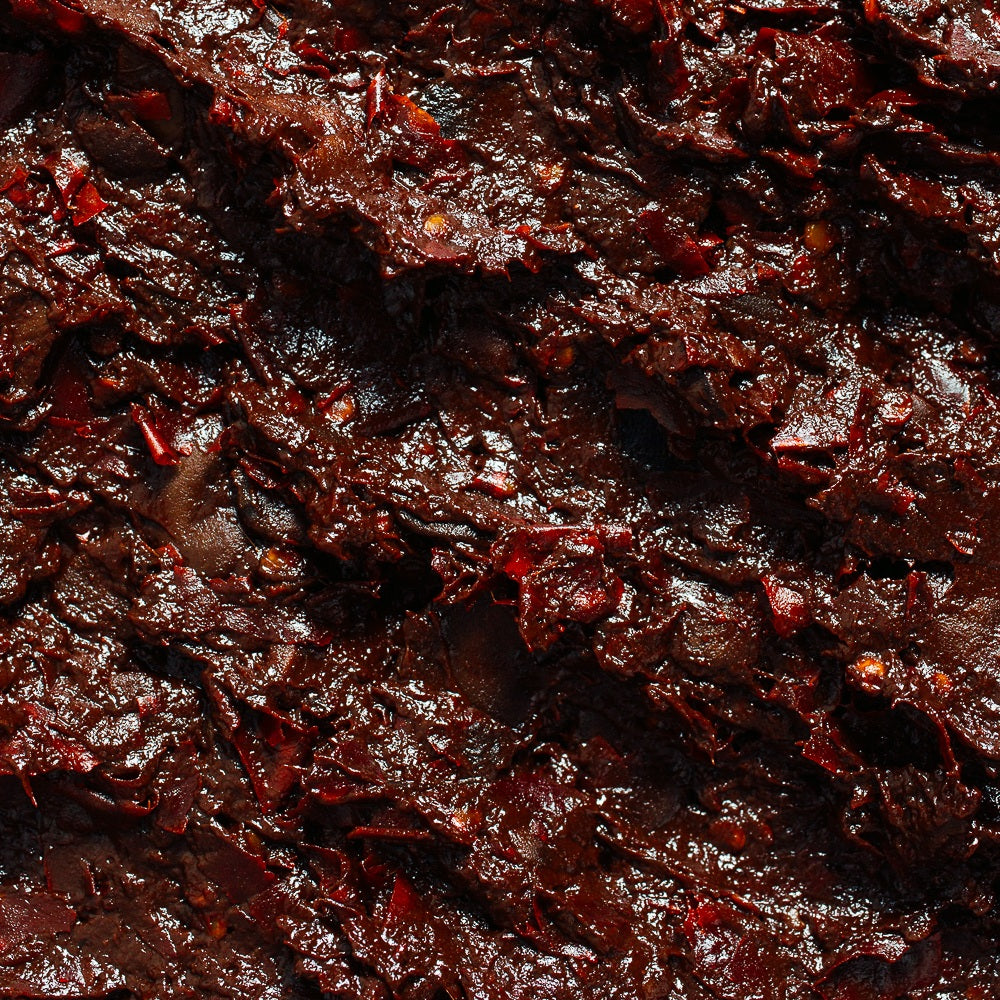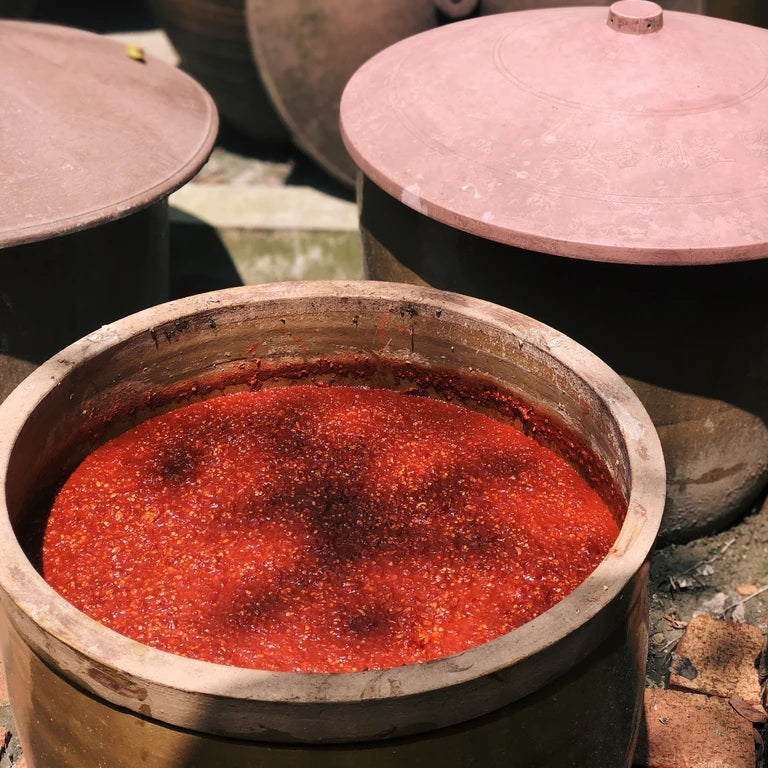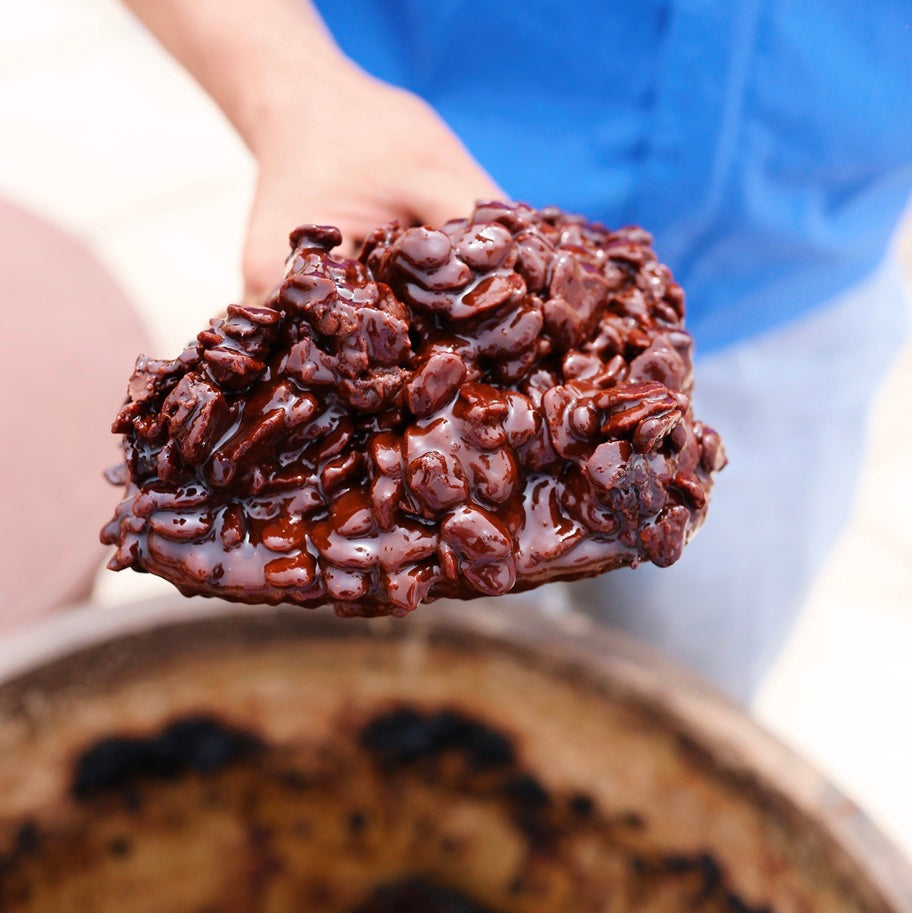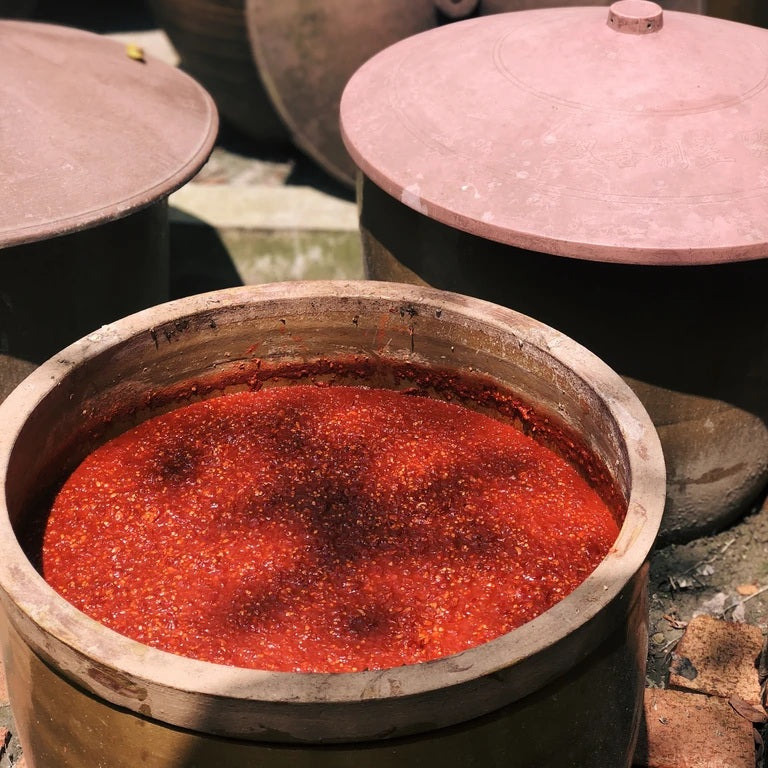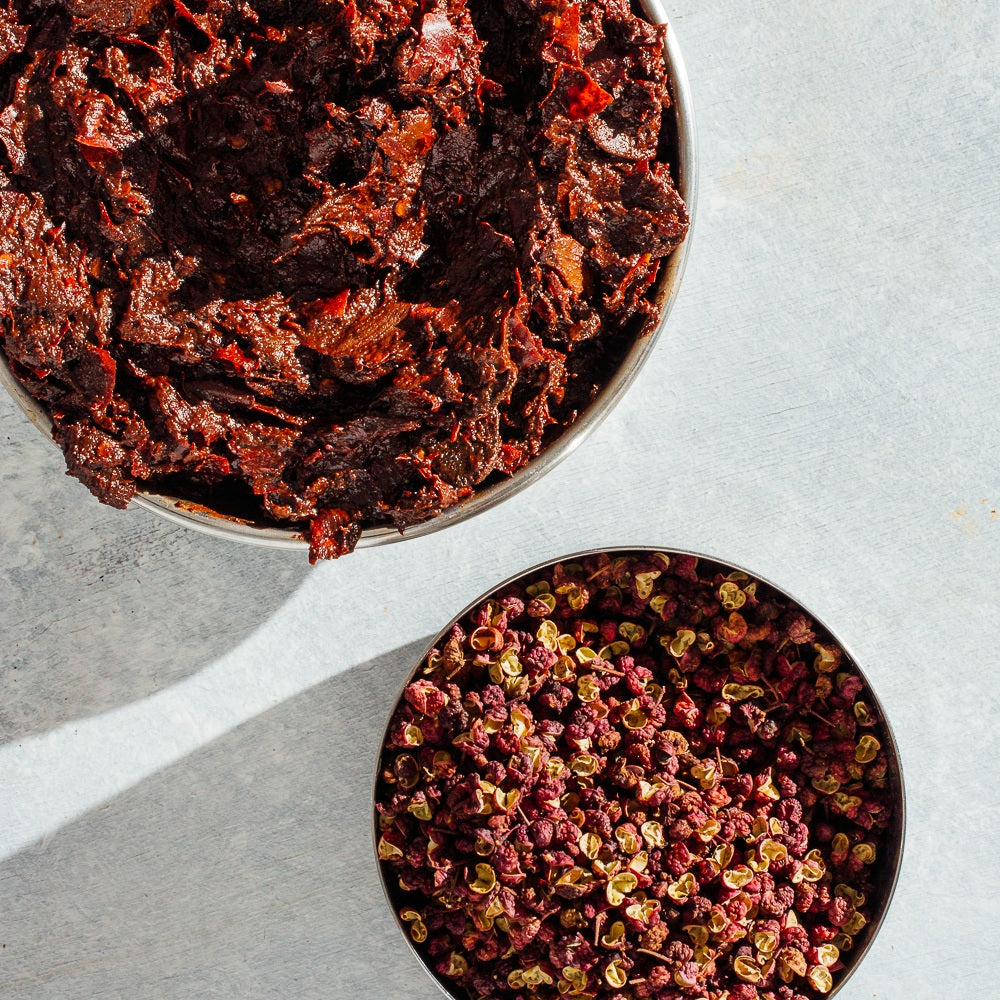3 Year Aged Doubanjiang
Limited inventory left! Often called the ‘soul’ of Sichuan cooking, doubanjiang, or preserved fava bean paste, is at the heart of many of the province’s signature dishes. The best doubanjiang comes from a county called Pixian just outside of Chengdu where factories have been fermenting their paste for hundreds of years. Our 3 year doubanjiang is one of the best in existence, with deep umami flavors slowly built over time, completely natural with no additives, and largely unavailable outside of China.

- Up to 20% off every order
- Free shipping, always
- Exclusive deals & promotions
- Early access to drops
- New product R&D participation
Introducing the Tastemaker Club, our exclusive membership program for the flyest around. Become a Tastemaker and step into a new world of flavor forever.

